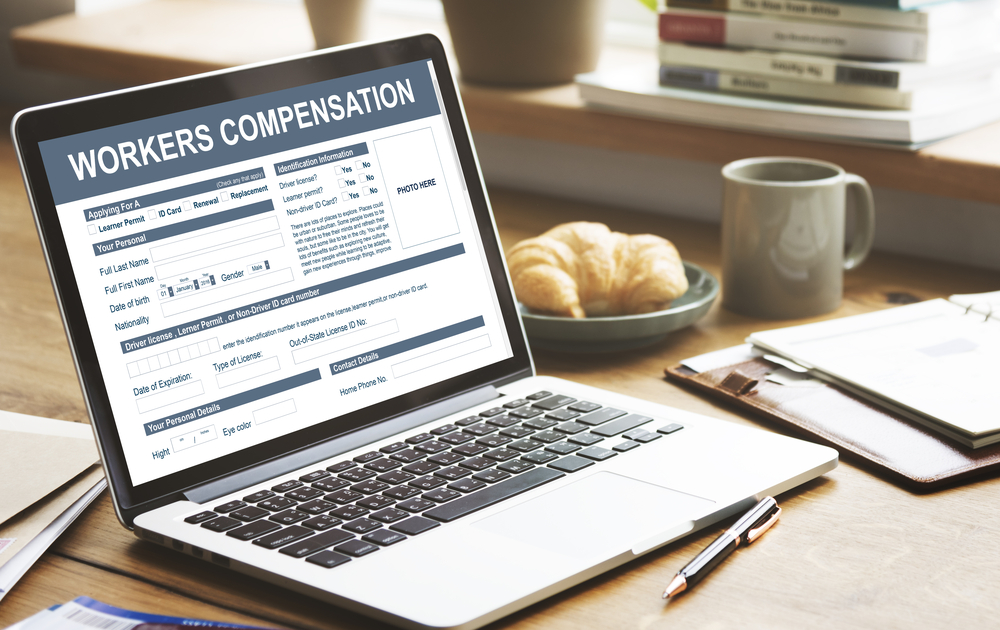WCB Accident Fund Surplus: Have Your Say

As part of the government directed WCB Review currently underway in Alberta, the Review Panel is taking a closer look at WCB-Alberta’s Accident Fund and how it is managed. This has been a topic of discussion in recent workshops and the Panel is very keen on getting as much input as possible from stakeholders.
WCB Accident Fund
- The Accident Fund is established from Employer Premiums.
- The WCB is funded through premiums assessed to employers. There are no tax dollars or employee payroll deductions involved in the workers’ compensation system.
- Each year the WCB establishes the premiums that employers will pay. These rates are set so that the total premiums collected in the current year will pay for all estimated present and future costs of claims that occur during that year.
- Based on the overall amount of premiums that need to be collected, the WCB determines premium rates for each industry group based on the historical pattern of claims costs in each group.
- Each employer within an industry group is assigned their individual premium rate based on their own record of claims costs or their “experience rating”.
- The Workers’ Compensation Act requires the WCB to maintain sufficient funds in its Accident Fund for the payment of present and future compensation to injured workers.
- The Accident Fund is managed according to WCB’s Funding Policy, so that it can generate investment returns. These returns can sometimes be better or worse than expected.
- Based on the Funding Policy, the WCB has a target funding range between 114% and 128% of total liabilities. The Accident Fund maintains a marginal surplus to more than cover the the projected compensations costs.
- If the funded ratio of the Accident Fund falls below the target funding range, the WCB can assess a levy on employers in order to bring the Accident Fund to required levels.
- If the funded ratio of the Accident Fund rises above the target funding range, the WCB may decide to distribute a portion of surplus to employers.
WCB Accident Fund Surplus
Meetings with stakeholders and the Review Panel were held in November, 2016, where the topic of excess surplus in the WCB Accident Fund was discussed. BCL Consulting Group was invited to and participated in the discussions. A WCB Alberta Progress Report was released in early November 2016 providing an update on the Review Panel’s findings so far.
As might be expected, injured workers and employers have very different ideas as to how any Accident Fund surplus should be handled.
Workers, worker representatives and unions felt that a portion of the surplus should be directed into worker benefit and program enhancements, essentially paying the surplus to injured workers through system improvements.
However, there were employers in the discussion group who held the strong opinion that all surplus funds should be returned to employers; not dispersed to workers or WCB programs etc. Their position was that an Accident Fund surplus is created from the investment returns on premiums that employers paid to the WCB and as such, should be returned to employers.
Concerns were expressed about what happens if the surplus is used to improve the WCB system, then the Fund experiences a worse than expected period and falls below the target funding range. As indicated above, the WCB can issue a levy on employers or increase WCB premium rates – leaving employers on the hook to make up the shortfall.
Additionally, employers were interested in discussing the percentages used to establish the ‘target funding range’. The opinion was that the 114% to 128% range was perhaps too high and that the premiums collected from employers was greater than what it cost to run the WCB.
Have Your Say
The Review Panel has indicated that the Alberta Government is aware of WCB Accident Fund surpluses. Since this is a contentious issue, the Panel wants to ensure they make responsible recommendations to the government, that are as fair and equitable as possible to all stakeholders.
To that end, the Panel has invited all stakeholders to provide additional ideas and perspectives regarding surpluses, so that the information can be included and taken into consideration in their final report. The Panel is accepting feedback from stakeholders until January 9, 2017.
Stakeholder feedback and input is an excellent opportunity for employers to provide their opinion to review panels to help them formulate recommendations; as opposed to the Government simply making changes without sufficient input from those who their decisions impact the most.
The WCB is constantly reviewing legislation and policy with a focus to improve the workers compensation system. So, if you feel you have something to contribute to a WCB Review, wish to participate in the Review process, are looking for updates or further details, you can check out the “Legislative changes” and/or “What’s new in policy?” sections of the WCB Alberta website to find out what is being looked at.
In tough economic times, WCB costs can have a significant impact on an organization’s financial picture and viability, therefore any savings that can be realized are worth fighting for and we encourage you to voice your opinion.
As always, we are available to answer any of your questions or concerns to the best of our ability. You can connect with us on Facebook , Twitter , or LinkedIn, reach us via email at [email protected], [email protected] or contact us directly, during business hours, using our chat feature or by calling at 1-844-377-9545.



